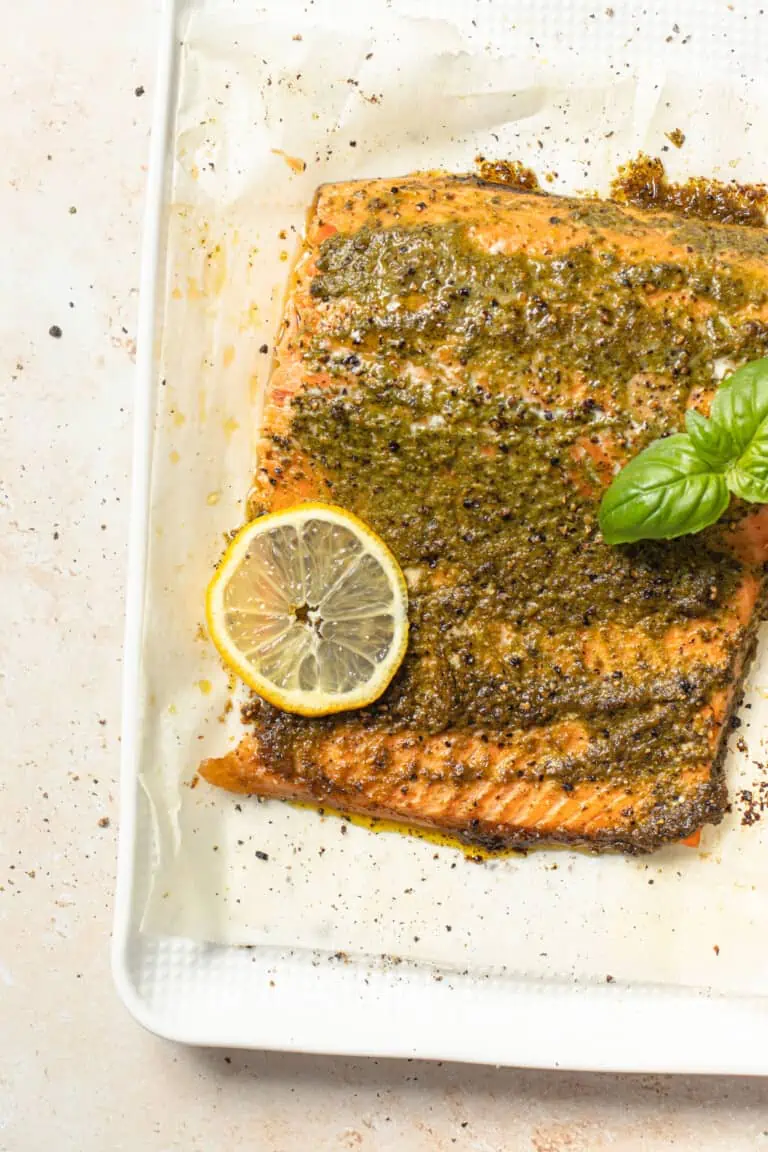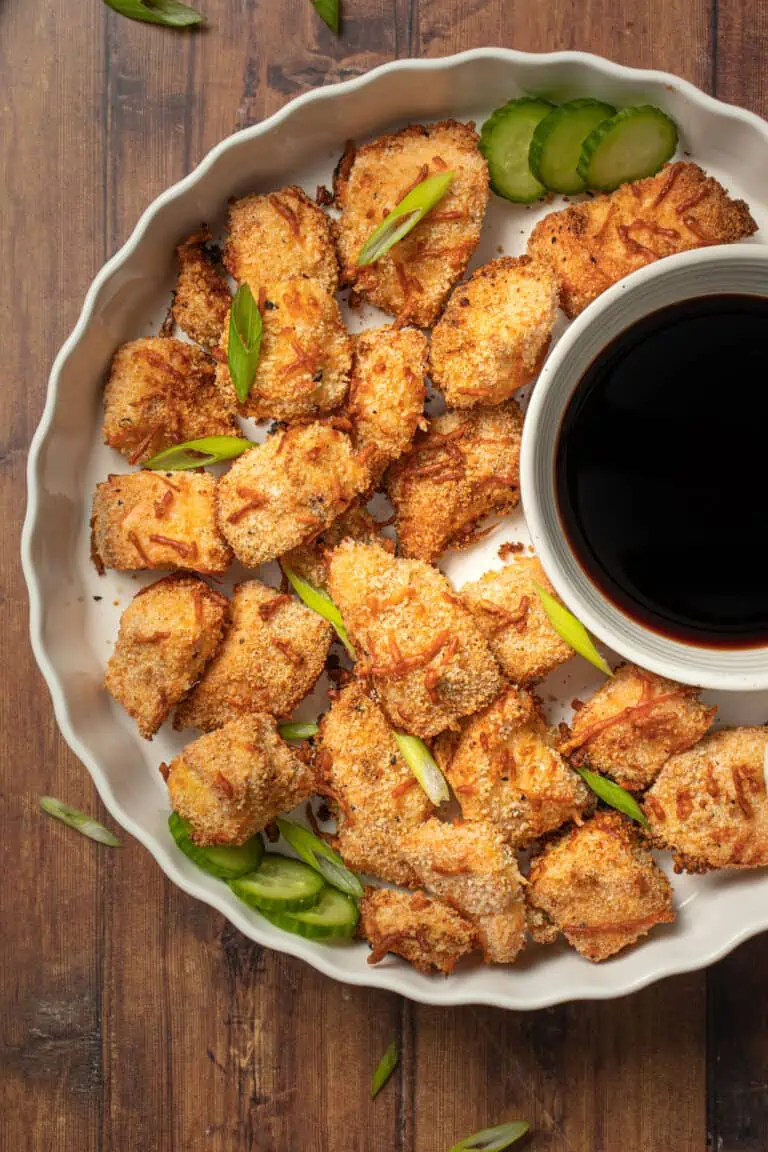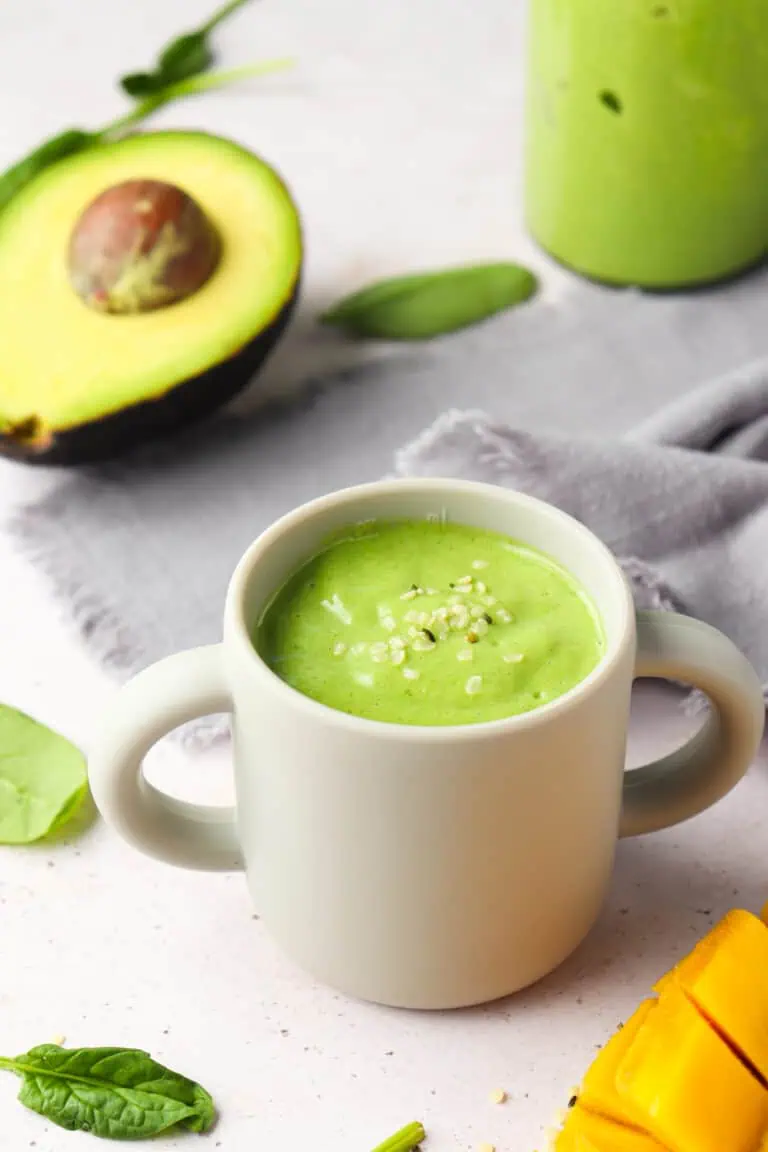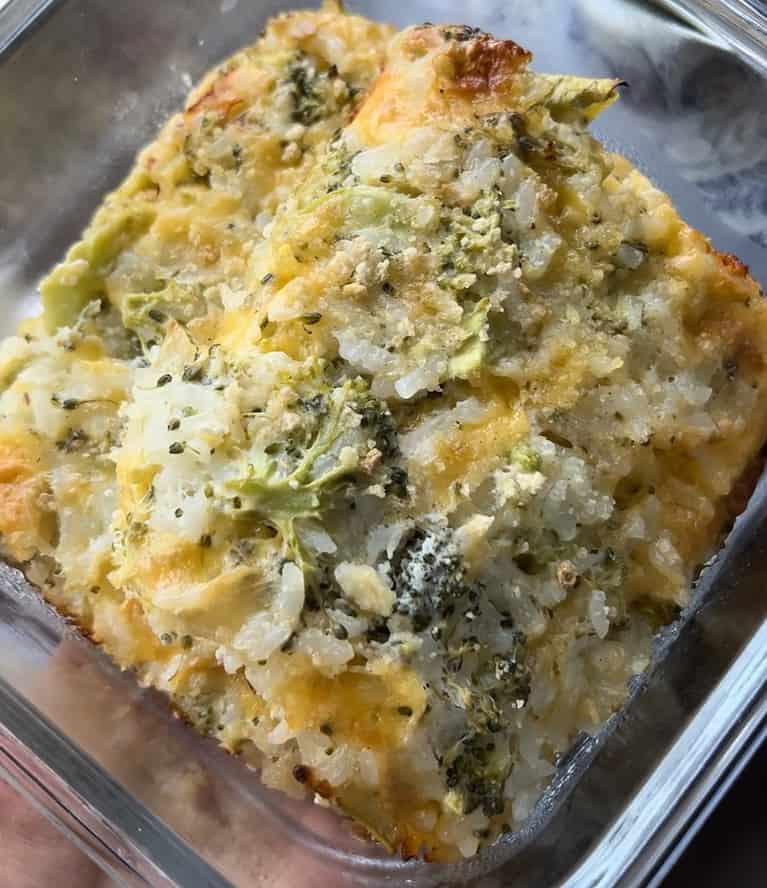Baby Led Weaning 101: What is it and When to start

Baby-led weaning (BLW) is a feeding approach that allows babies to explore and enjoy solid foods at their own pace, typically starting around 4 to 6 months of age (so many variables to this range you’ll see if you keep reading!). Unlike traditional spoon-feeding, where purees are introduced, baby-led weaning encourages infants to self-feed, promoting independence, fine motor skills, and a healthy relationship with food.
Personally, I did both purees and solids when starting and it worked great for us. It made me feel more calm seeing how my baby could handle different textures and foods and he began to feel more comfortable as well. There is no wrong way to start solids, and a combination of purees and solids could work great for you as well!

Here’s an introduction to baby-led weaning for new parents:
Getting Started:
- Age and Readiness: Babies are typically ready for baby-led weaning around 4 to 6 months of age when they can sit up with minimal support and have good head control. They should also show an interest in food, like reaching for your plate during mealtimes.
- Safety: Ensure a safe eating environment. Use a high chair or a stable seat, and never leave your baby unattended while eating. Cut foods into manageable sizes to avoid choking hazards. The Solid Starts app was a great resource for me in making sure I was feeding the right sizes for their specific age.
The Basics of Baby-Led Weaning:
- Finger Foods: Introduce soft, age-appropriate finger foods that your baby can pick up and self-feed. Good options include steamed vegetables, soft proteins and fruits, toast cut into grabbable sizes, and pasta.
- Family Meals: Include your baby at family mealtimes, offering them the same foods that you’re eating (with minimal to no salt and seasoning).
- Texture and Consistency: Foods should be soft enough for your baby to mash with their gums, reducing the risk of choking. Avoid hard, small, or round foods.
- Variety: Offer a variety of foods to expose your baby to different tastes and textures. Gradually expand their palate with fruits, vegetables, grains, and proteins.
- No Pressure: Let your baby take the lead. They will determine how much they eat and when they’re full. Avoid pressuring them to finish or take specific bites. They can feel your stress so provide a light and fun environment!
- Mess is Okay: Expect messes during meals as your baby explores and experiments with food. It’s part of the learning process.

Benefits of Baby-Led Weaning:
- Independence: BLW promotes self-feeding and helps babies develop fine motor skills and hand-eye coordination.
- Healthy Eating Habits: It encourages a positive relationship with food and can help prevent picky eating in the long run.
- Family Bonding: Including your baby in family meals can promote social and emotional development.
Common Questions:
- Breastfeeding/Formula: Continue breastfeeding or formula feeding alongside BLW, as milk remains the primary source of nutrition for the first year.
- Allergenic Foods: You can introduce allergenic foods like peanuts, eggs, and shellfish, as long as they are prepared safely and you follow any recommendations from your pediatrician.
- Choking vs. Gagging: Gagging is a natural reflex that helps babies learn to manage solid foods. It’s different from choking, which is an emergency. Educate yourself on the difference and take an infant CPR course to better prepare yourself.
- Mess: Be prepared for messes during meals. Use a bib, place a mat under the high chair, and have a damp cloth ready for easy cleanup. Baths are totally normal in the beginning.
Sample Schedule:
There is no one-size-fits-all schedule for baby led weaning. It varies greatly on each family’s lifestyle and schedule and what you are able to do. In the beginning, you can start as often as just once a day to introduce a new food item. If you’re able to, add a second time in the day. It can feel overwhelming at first so start slow! Here is an example of how our days went when we introduced solids:
- Four to six months old: a few bites of solids to introduce and practice at 8am and 4pm
- Six to eight months old: solids that were light snack portions at 8am, 12pm and 4pm
- Eight to twelve months old: solids at 8am, 10:30am (light snack), 12pm, 3pm (light snack) and 5pm
- Twelve months old+ : Breakfast at 8am, 10:30am (light snack), Lunch at 12pm, 3:30/4pm (light snack) and Dinner at 5:30pm
Baby-led weaning can be a fun and rewarding way to introduce your baby to solid foods. Remember that every baby is different, so go at their pace and enjoy this special time of exploration and growth together. If you have concerns or questions, consult with your pediatrician, a registered dietitian, or a language speech pathologist.





